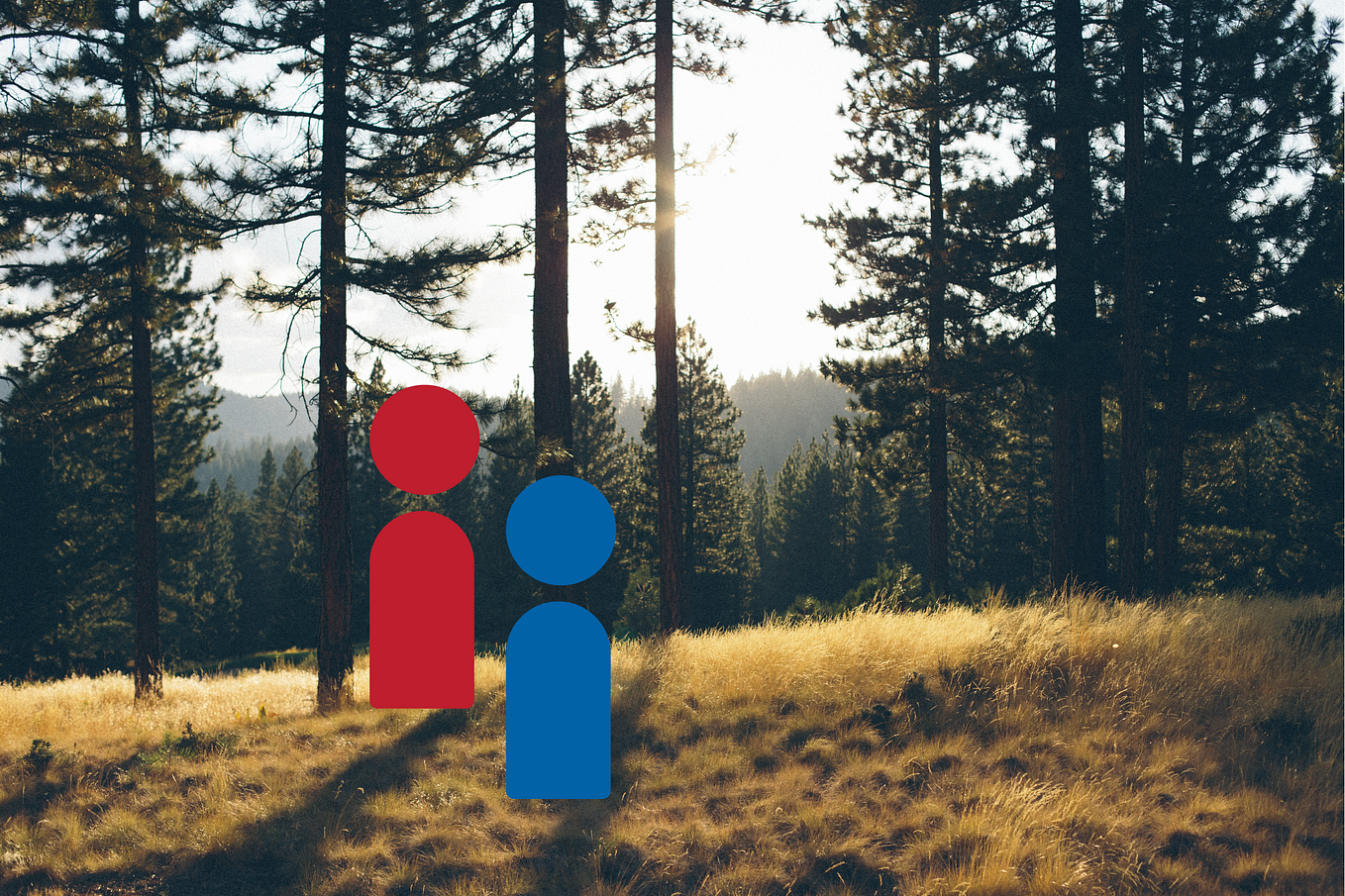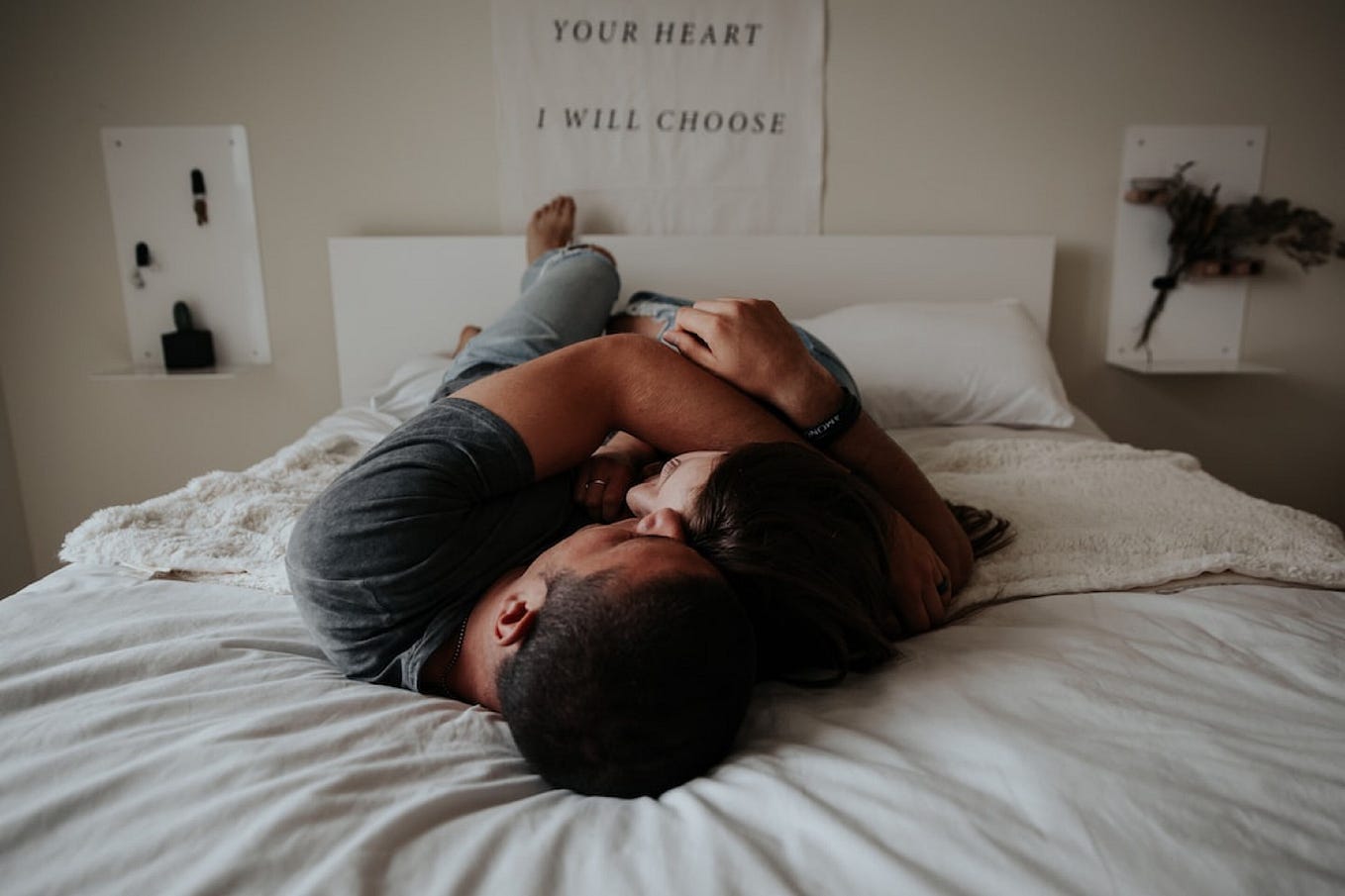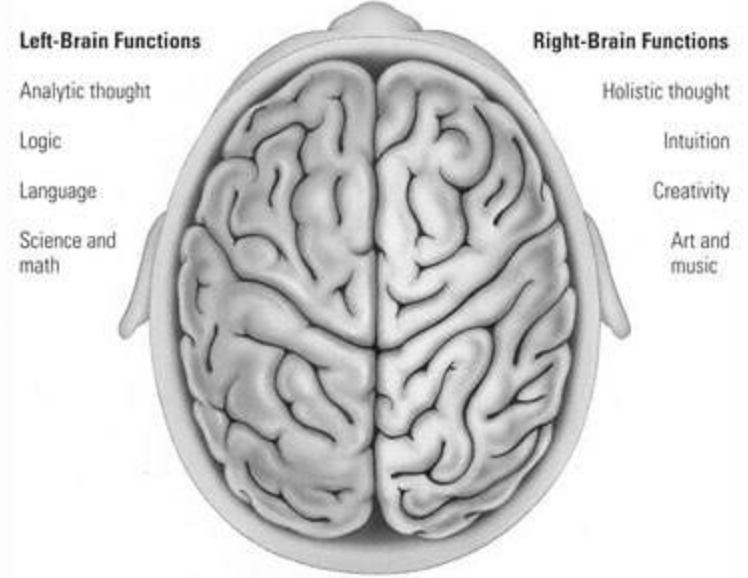How Young is Too Young to Date?
The real rules about old and young you can date
How Old is Too Old? How Young is Too Young?
The real rules about how old and young you can date.
The “creepiness rule” states that the youngest you should date is “half your age plus seven.” The less commonly used corollary is that the oldest you should date is “subtract seven from your age and double it.”
According to this rule, society should accept a 50 year old man dating a 32 year old woman. A quick poll of my friends says otherwise. Reactions ranged from “sure” to “that’s weird” to “why are you asking me this?”. When I flipped the genders — a 50 year old woman dating a 32 year old man — people’s responses often flipped as well.
This made me wonder, does the creepiness rule actually reflect what is socially acceptable when it comes to age differences in dating? In other words, does the creepiness rule actually reflect what society finds…creepy?
What the Research Says
The internet is divided on the topic. Articles and blog posts alternate between claiming age absolutely matters in a relationship and age absolutely doesn’t matter in a relationship. One thing is clear — nothing brings out more opinions than other people’s love lives.
Buunk & colleagues wrote a paper investigating how factors such as age, gender, and type of romantic relationship (casual, serious, marriage, etc.) affect the age limits people place on potential romantic partners.
The researchers approached random people in public and asked them to imagine themselves in a romantic relationship with an attractive person of the opposite sex . The researchers then presented different types of relationships- sexual fantasies, casual affairs, long-term relationships, marriage — and asked the participants what the minimum and maximum age of their partner is for each scenario.
Aside from the takeaway that you’re allowed to violate all social norms in the name of science, here were the actual results:
- Women want men around their own age regardless of the type of relationship. Based off a separate analysis using Buunk & colleague’s research, women looked for partners within the creepiness rule guidelines.
- Men want much younger women for less committed, more private relationships (e.g. sexual fantasies, casual affairs). For those types of relationships, men looked for women younger than the lower limits of the creepiness rule. For more committed and public relationships, men looked for women closer to their own age.
- Men and women have no interest in dating as old as the creepiness rule allows. Both men and women’s maximum age preferences fell well below the upper limits of the creepiness rule.
The results were interesting but just because I want to date someone much younger than me doesn’t mean I would be okay with someone else doing the same. I still didn’t know whether the creepiness rules actually represented what society finds acceptable.
So I decided to find the answers myself.
Setting up the Survey
I tackled this paradigm-shifting research the only way I knew how: I created a survey.
I presented people with hypothetical situations in which their friend, “John” or “Lauren” had started a new romantic relationship that was too early too define[1]. I then gave different ages for their friend — 20, 30, 40, 50, 60 — and asked participants what the socially acceptable minimum and maximum ages of their friend’s new lovers were.
Although I could have hit the streets of New York and surveyed people in-person Buunk style, I decided to mTurk my survey. I try to avoid as much social interaction in my daily life as possible.
For those of you unaware of the modern-day sweatshop that is mTurk (I say this endearingly), you’re missing out. Mechanical Turk is Amazon’s online platform where people pay other people to complete online tasks. This can vary from transcribing a movie, to identifying an item on a receipt, to taking a survey about hypothetical romantic relationships. Within a few days I got 274 responses: 110 male, 163 female, and one person that “preferred not to say”.
Testing the “Creepiness Rule”
The results showed that the creepiness rule is generally too lenient about how young you can date — especially as you get older.
Based on the creepiness rule, a 20-year old John/Lauren can date someone who is 17. This was in line with what people surveyed found acceptable (~18). As John and Lauren got older, however, the creepiness rule differed from how people actually responded. According to the rule, a 60 year-old woman is allowed to date 37 year-olds like nobody’s business. Yet according to the survey, 37 was well outside the age range of what is socially acceptable.
The results also showed that the creepiness rule is too restrictive about how old you can date when you are young, but becomes too lenient as you get older.
When John/Lauren are 20, the creepiness rules caps their maximum dating age at 26 ([20–7]*2). Yet, people surveyed were fine with John and Lauren seeing someone in their early 30's.
When John/Lauren are 30, the creepiness rule actually lines up with how people responded. The rule states that the maximum age of Lauren’s lover is 46 and according to the survey, the actual acceptable age is 45.4.
When John and Lauren are 60, the creepiness rule allows them to date anyone older than themselves (the official cap is 106). However, society places more restrictive age limits of 71 and 75 respectively.
Overall, the creepiness rule does not accurately represent what people find socially acceptable; people are more judgmental than what the creepiness rule implies. The rule is too lenient about how old and how young people are “allowed” to date.
I had the answer to my original question, but I wasn’t satisfied. If the creepiness rule is wrong, then I needed a new rule to guide my non-existent love life. As I reviewed the data, I realized that one rule was not enough.
DIFFERENT RULES FOR DIFFERENT FOLKS
Society has different expectations for men and women — men can date younger than women and women can date older than men.
In the survey, the acceptable minimum age of John’s partners were consistently lower than that of Lauren’s. The difference is small (~6 months) when John/Lauren are young, but increases as John/Lauren get older. By the time they’re 60, John is “allowed” to be with someone three years younger than the youngest Lauren can be with.
When it comes to dating older, women have the advantage. The acceptable maximum ages of Lauren’s partners were consistently higher than John’s by around 3.5 years.
Society also has different expectations depending on your position in the relationship — just because it is acceptable for you to date your partner doesn’t necessarily mean it’s acceptable for your partner to date you.
According to the survey, a 20 year-old John can date someone who is 30. However, when Lauren is 30, she is supposed to date someone who is at least 22. Society’s expectations about how old people can date is not always consistent with its expectations about how young people can date.
The New Rules About Dating Outside Your Age
Given these different expectations, I created four “revised” rules to capture the age limits that society actually finds acceptable. I not only created separate rules for men and women but also created different rules to determine how old and how young each gender can date.
For men:
Maximum Age of Female Partner = (Man’s Age) + 12
Minimum Age of Female Partner = (2/3)*(Man’s Age) + 2 [At least 18]
For women:
Maximum Age of Male Partner = (Woman’s Age) + 15
Minimum Age of Male Partner = (3/4)*(Woman’s Age) [At least 18]
The charts below compares the outputs of the revised rules with the predictions of the original creepiness rule. I threw in the “At least 18” requirement to help prevent me from ending up on any FBI watch-lists. In almost all scenarios, the revised rules are more restrictive than what the creepiness rule would suggest.
Please Don’t Use This Article As Advice
I think there are opportunities to build on this oh-so-important research. What is the actual average age difference between couples? How would this research translate to same-sex relationships? Does being wealthy/famous affect what people find as socially acceptable?
At the end of the day, this article was about how people think, not how people should think. Don’t base your relationship decisions on the judgement of other people. Look for relationships that just make you happy.
Other Articles You May Enjoy
If you liked this article, visit LateNightFroyo.com to read about topics that spark conversations around love, life, and more.
When is the Right Time to Show up to a Party?
How Do You Get Out of Going Out?
How Young is Too Young to Date?
Sources:
Buunk, B. P., Dijkstra, P., Kenrick, D. T., & Warntjes, A. (2001). Age preferences for mates as related to gender, own age, and involvement level. Evolution and Human Behavior, 22(4), 241–250.
DiDonato, Theresa E. “Who Is Too Young or Too Old for You to Date?” Psychology Today, 02 May 2014. Web. 02 Oct. 2016.
[1] We focused on heterosexual relationships though, homosexual relationships would be an interesting follow-up.








